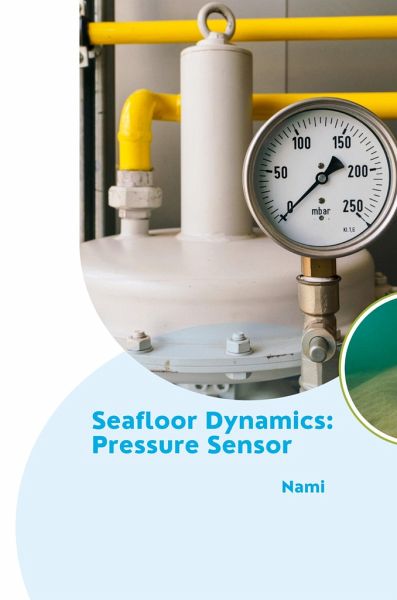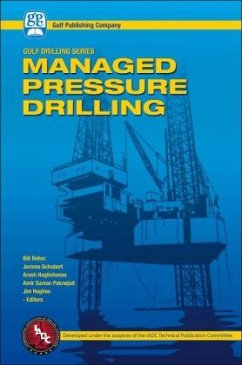
Seafloor Dynamics: Pressure Sensor
Versandkostenfrei!
Versandfertig in 6-10 Tagen
26,29 €
inkl. MwSt.

PAYBACK Punkte
0 °P sammeln!
: In this thesis, the focus is to design and test a pressure sensor intended for taking measurements at the ocean-bottom to quantify small pressure perturbations in large ambient pressure ranges. This is a situation that arises in oceanographic circumstance such as seafloor vertical deformation or tsunami detection and characterization. The use of ocean-bottom pressure sensors in monitoring vertical deformation in the seafloor is important for providing information on changes in the Earth's crust including earthquakes, tsunamis, and slow slip events [1]. To gather useful seafloor deformation d...
: In this thesis, the focus is to design and test a pressure sensor intended for taking measurements at the ocean-bottom to quantify small pressure perturbations in large ambient pressure ranges. This is a situation that arises in oceanographic circumstance such as seafloor vertical deformation or tsunami detection and characterization. The use of ocean-bottom pressure sensors in monitoring vertical deformation in the seafloor is important for providing information on changes in the Earth's crust including earthquakes, tsunamis, and slow slip events [1]. To gather useful seafloor deformation data, an ocean-bottom pressure sensor should resolve pressure changes to within the centimeters of water [2]. For example, monitoring vertical deformation at Axial Seamount after 1998 eruption was done so in the range of tens of centimeters at a depth of 1500 m [3]. The necessity for detection of a tsunami in particular, is important to inhabitants of coastal regions to enable early warningsthat can reduce causalities when a tsunami occurs. Large tsunami events such as the 2004 Indian Ocean and 2011 T hoku tsunamis are some of the most extreme examples in recent times. These events and the possibility of future tsunami occurrences stress the necessity to develop improved advanced warning systems. A tsunami is a series of waves that propagate through the ocean, containing energy capable of displacing a volume of water larger than typical ocean waves.














